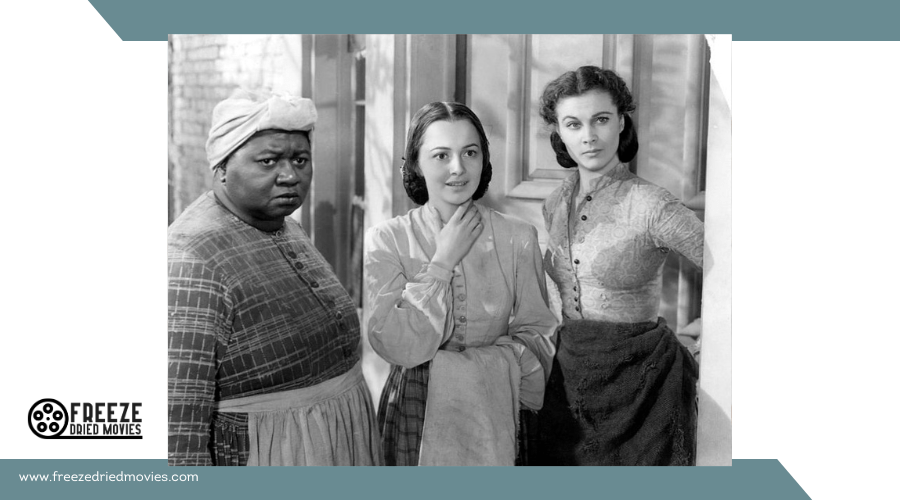The Impact of 1930s Cinema on Modern Filmmaking
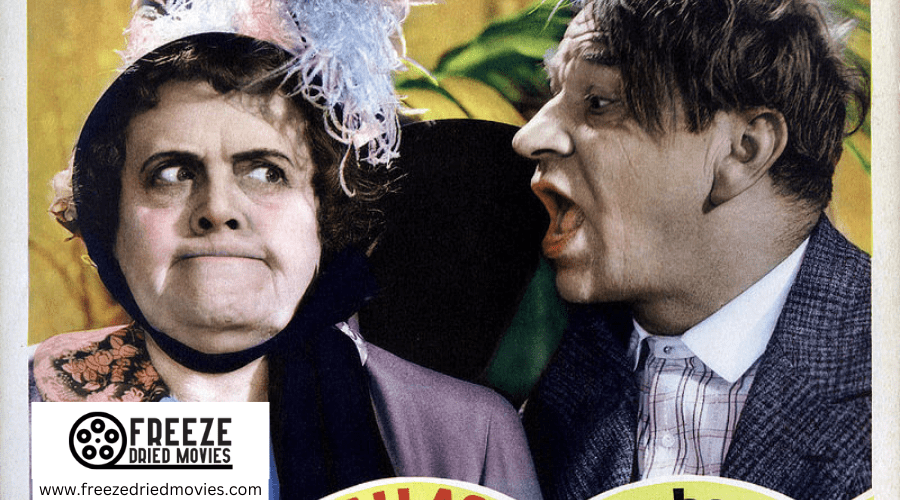
The lasting impact of 1930s cinema on modern filmmaking is undeniable. This era introduced synchronized sound and Technicolor, revolutionizing the audience experience. Iconic films like "Tugboat Annie" and "I Am a Fugitive from a Chain Gang" not only entertained but also engaged communities and addressed societal issues, setting the stage for contemporary storytelling techniques. These advancements shaped genres and editing methods that filmmakers continue to rely on today, underscoring the deep connection between past innovations and current practices.
Economic Context and Influence
During the economic turmoil of the Great Depression, the American film industry managed to thrive, providing an essential escape for the public. Studios like Warner Brothers took advantage of the period's challenges by reducing ticket prices and employing vertical integration, making films more accessible to everyone. This strategy not only boosted box office revenues but also delivered much-needed entertainment during difficult times.
Film production in Washington State significantly contributed to this economic landscape. Six major Hollywood films were shot there, including pioneering Technicolor productions like "God's Country and the Woman." This not only showcased the state's scenic beauty but also bolstered local economies. For example, the Mount Baker Development Company earned $5,000 from film activities, a substantial amount at the time. The influx of filmmakers and tourists spurred local businesses and increased community pride.
The portrayal of Washington in these films influenced public perception, presenting it as a rugged and remote haven. This narrative helped shape cultural assimilation and continues to impact the depiction of rural settings in cinema today. Even British films began to notice and emulate these trends, further spreading their influence.
Filming Locations and Relationships
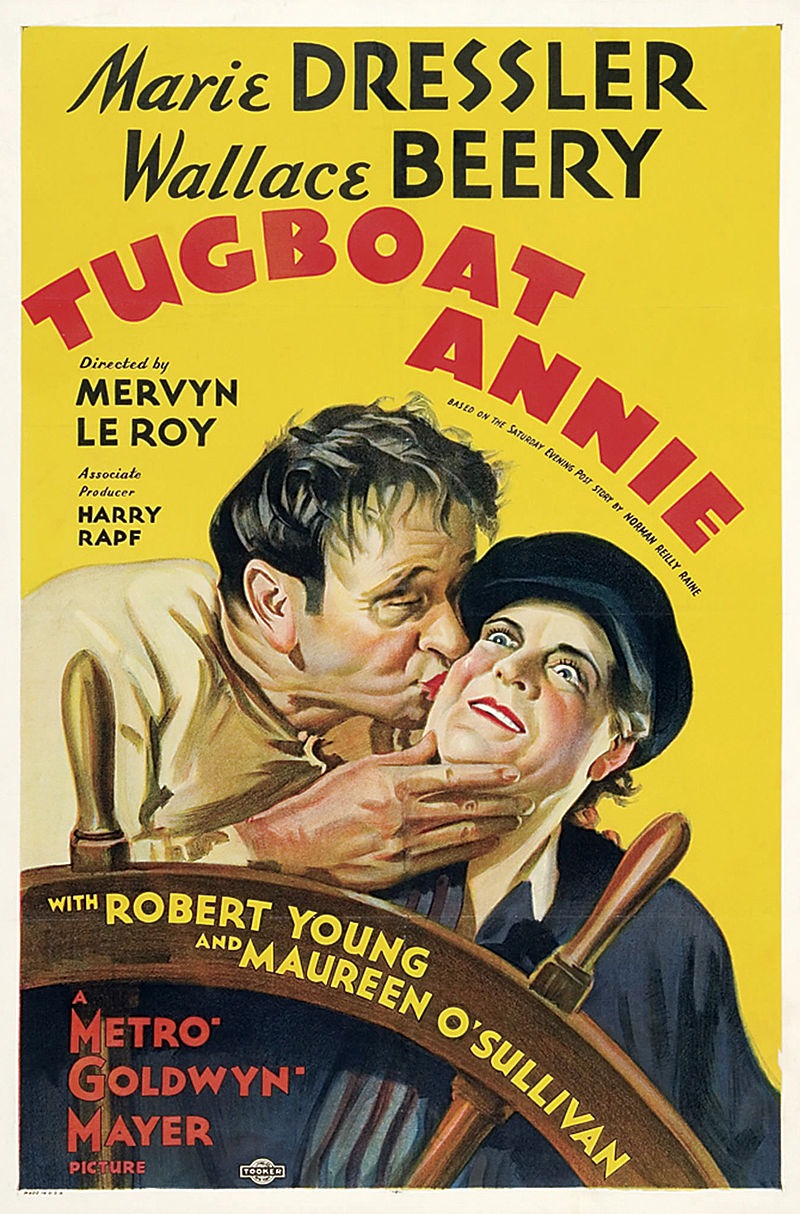
The film industry's resilience during the Great Depression wasn't solely economic; it also involved strategic location choices. Washington State became a favored site for Hollywood, with six major films, including "Tugboat Annie" and "The Call of the Wild," showcasing its scenic allure. These locations offered both visual appeal and economic benefits. For example, the $5,000 paid to the Mount Baker Development Company for filming led to a tourism boom, illustrating the economic synergy between Hollywood and local communities.
Community engagement was pivotal in these productions. Over 5,000 Seattle residents volunteered as extras for "Tugboat Annie," demonstrating significant local pride and involvement. This participation underscored the strong bond between Hollywood and Washington's communities.
- Economic Impact: Filming in Washington stimulated the local economy through direct payments and increased tourism.
- Cultural Pride: Films showcased local culture, fostering a sense of pride and engagement among residents.
- Scenic Beauty: Locations like Mt. Baker were chosen for their authenticity and visual charm, enhancing the films' overall appeal.
These strategic choices in filming locations have left a lasting legacy on modern filmmaking.
Key Films of the 1930s
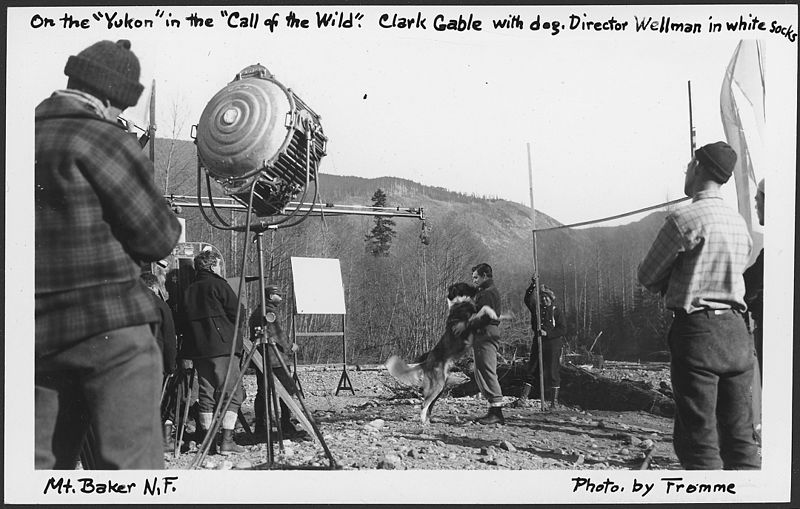
Several key films from the 1930s not only captivated audiences but also laid the groundwork for modern filmmaking. "Tugboat Annie" (1933) stands out as Seattle's cinematic debut, becoming a nationwide success and highlighting the region's picturesque landscapes. This feature film's success emphasized the importance of location in storytelling, a lesson modern filmmakers continue to adopt.
"The Call of the Wild" (1935) was a technological marvel, using Technicolor to enhance its scenic visuals. This film demonstrated how technological advancements could elevate the viewing experience, pushing the film industry to continually innovate.
"I Am a Fugitive from a Chain Gang" (1932) offered a stark social commentary on the injustices of the legal system during the Great Depression. Its raw portrayal of societal issues showed that films could be both entertaining and thought-provoking, a balance that modern filmmakers endeavor to achieve.
The introduction of synchronized sound, starting with "The Jazz Singer" (1927), transformed filmmaking and paved the way for the narrative complexities and emotional depth seen in 1930s cinema. This innovation allowed feature films to explore new storytelling dimensions, influencing today's cinematic techniques.
In blending genres, 1930s films like gangster dramas and screwball comedies reflected societal issues while shaping modern stylistic approaches.
Community and Cultural Impact
Hollywood's presence in Washington during the 1930s generated significant excitement and community engagement. Over 5,000 Seattle residents volunteered as extras for films like "Tugboat Annie" (1933), fostering local pride and a sense of ownership over the film narratives. The premiere of "Tugboat Annie" in Seattle became a celebratory event, enhancing the city's reputation and showcasing its scenic beauty.
The economic benefits were tangible. Filmmaking in Washington brought in funds, such as the $5,000 paid to the Mount Baker Development Company, and boosted local tourism. More importantly, it cultivated cultural awareness by portraying Washington's rural settings, influencing public perceptions during the Great Depression.
The impact of early films on the community included:
- Economic Enhancement: Direct financial benefits and stimulated tourism.
- Cultural Identity: Films shaped perceptions of Washington and its residents.
- Community Engagement: High local involvement created a shared sense of purpose.
These early films did more than entertain; they played a crucial role in shaping the cultural and economic landscape of Washington, leaving a lasting legacy.
Technological Innovations
Despite the numerous challenges of the 1930s, it was a decade of groundbreaking technological innovations in filmmaking that revolutionized the industry. One of the most pivotal changes was the introduction of synchronized sound, beginning with "The Jazz Singer" in 1927. This innovation fundamentally transformed storytelling and audience experience by integrating dialogue and sound effects seamlessly into films.
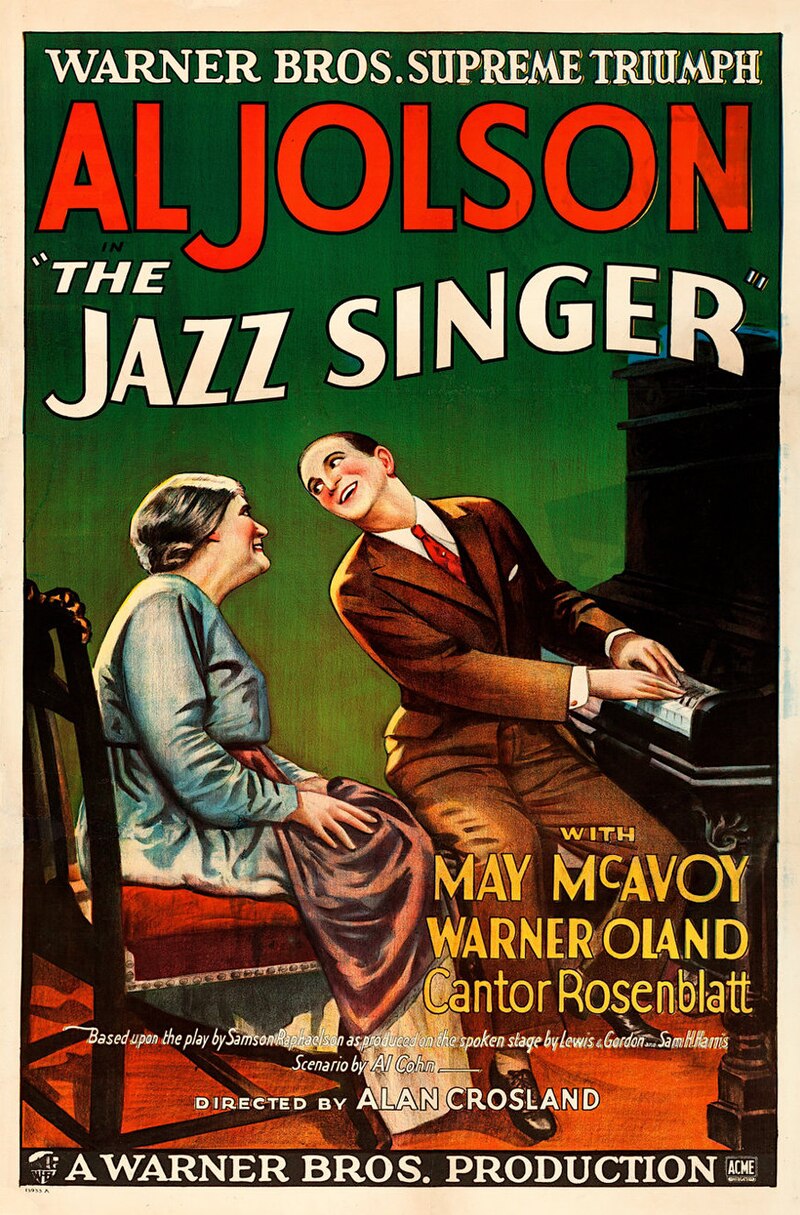
The early 1930s also witnessed the advent of Three-strip Technicolor, which revolutionized visual storytelling by offering vibrant and rich color palettes. This technology enabled filmmakers to explore new creative possibilities, making films more visually engaging and compelling.
| Technological Innovation | Impact | Example |
|---|---|---|
| Synchronized Sound | Enhanced storytelling | "The Jazz Singer" (1927) |
| Three-strip Technicolor | Vivid, dynamic visuals | "Snow White" (1937) |
| Optical Soundtracks | Improved sound reliability | "King Kong" (1933) |
Additionally, the adoption of optical soundtracks replaced earlier, less reliable sound systems, significantly enhancing sound quality and reliability. This advancement solidified synchronized sound as a fundamental aspect of filmmaking. The decade also saw significant progress in editing and special effects, laying the foundation for modern post-production techniques. Innovations such as deep focus allowed for greater depth of field, offering directors new methods to compose scenes effectively.
These technological advancements of the 1930s have had a lasting impact, continuing to influence contemporary filmmaking profoundly.




